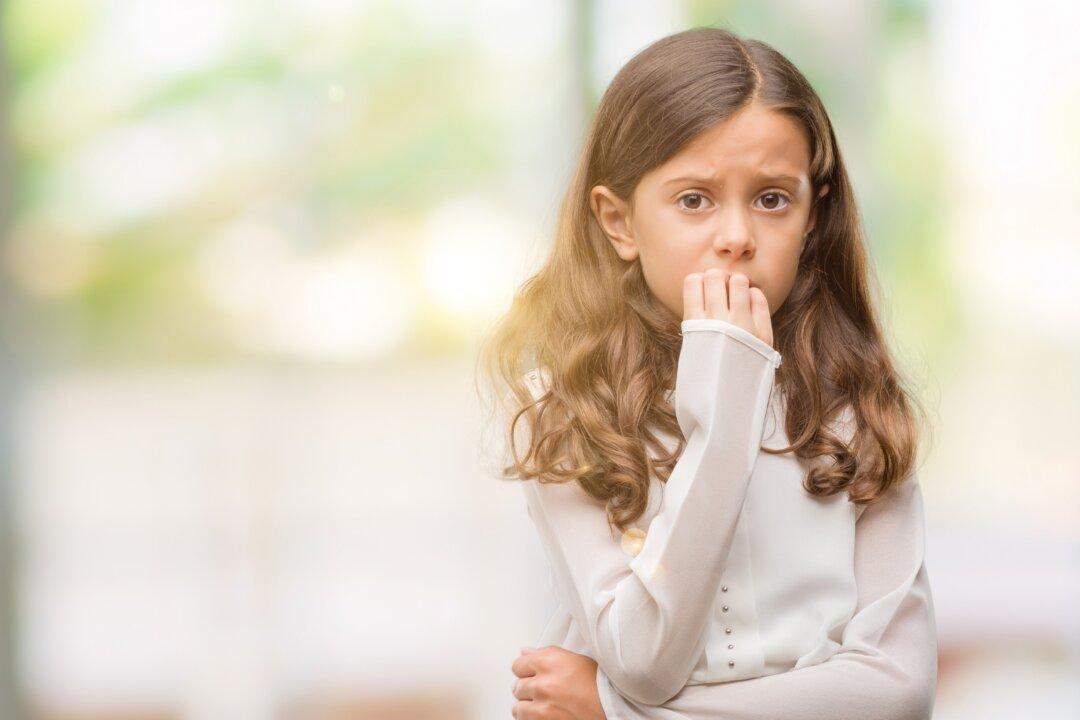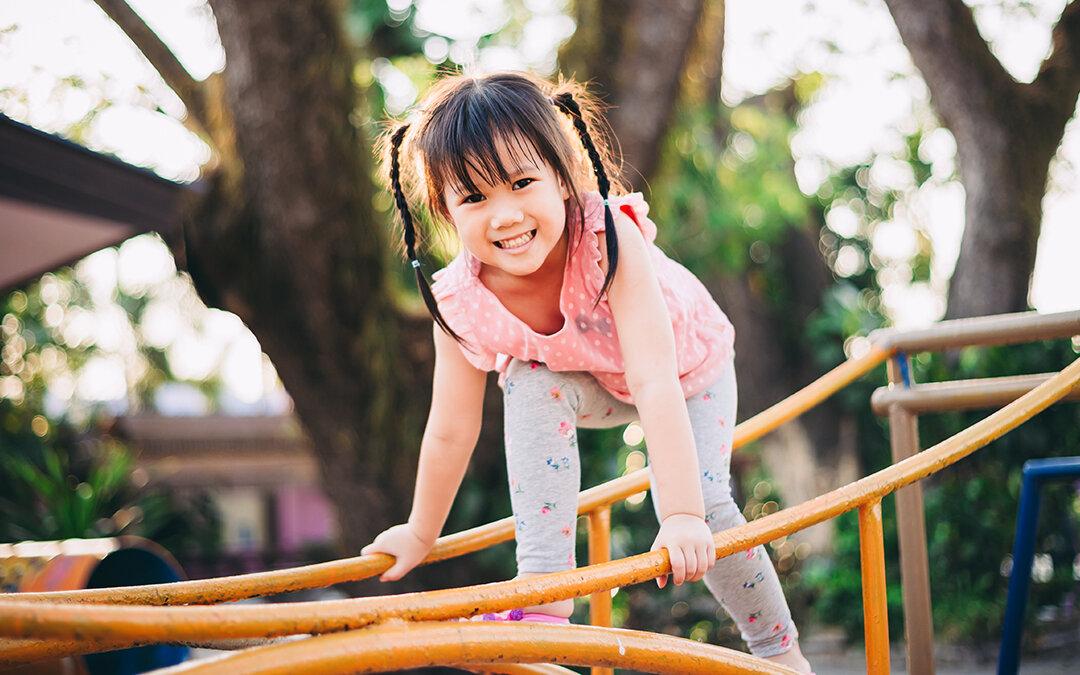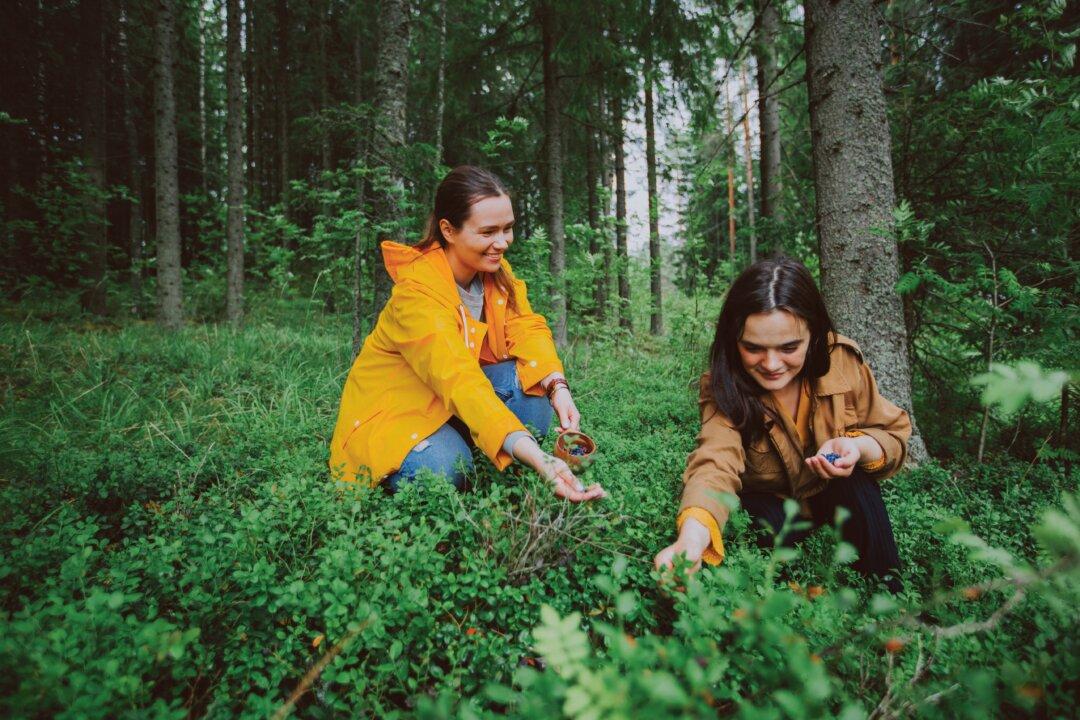Commentary
The children of America are becoming more anxious. From Boston to Bakersfield, childhood anxiety is on the rise. Of all the emotions American children are experiencing today, anxiety appears to be the most prevalent. This has been the case for years. However, due to climate alarmism and doomsday predictions of eco-evangelicals, a new type of anxiety has gripped the minds of America’s youth. It’s called eco-anxiety.





